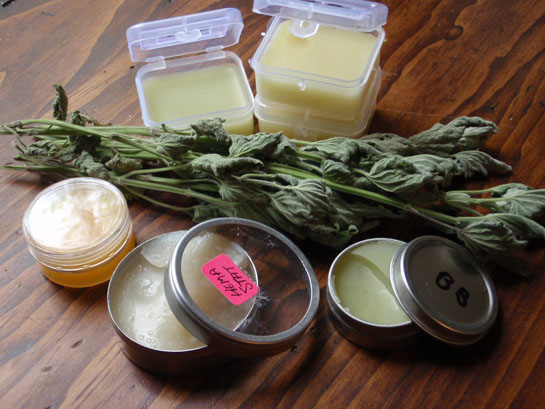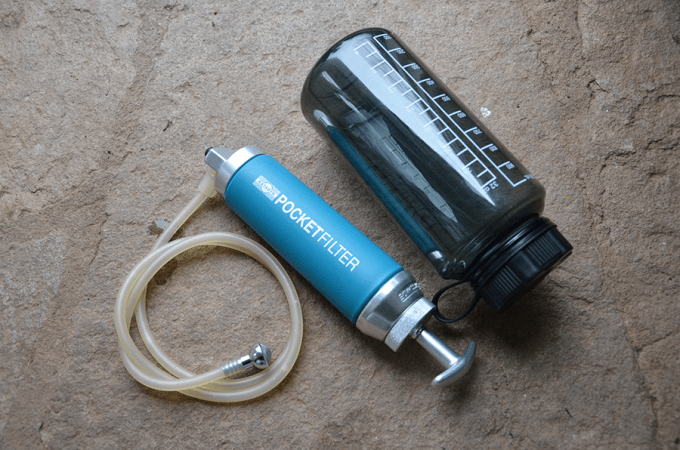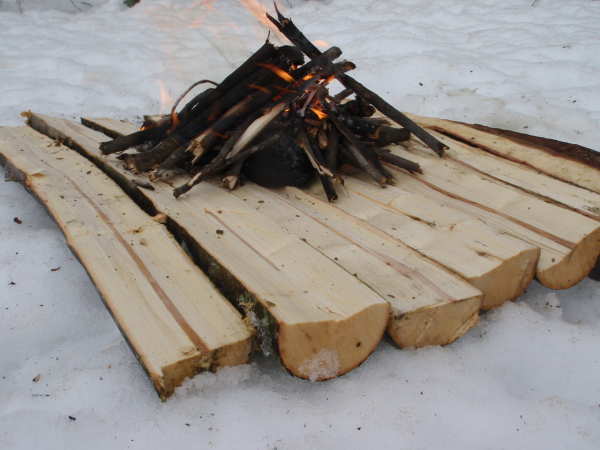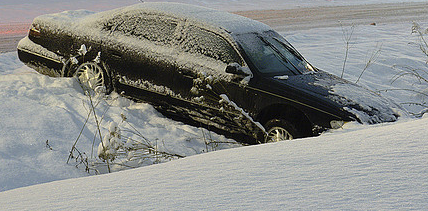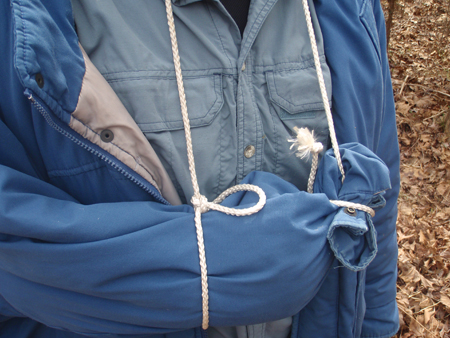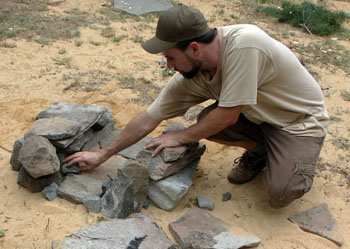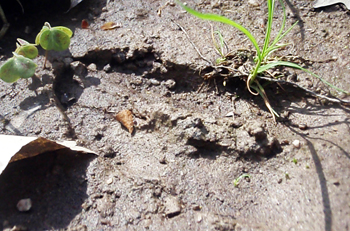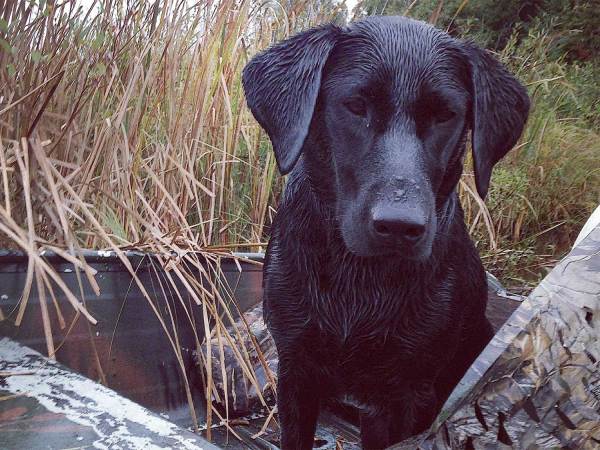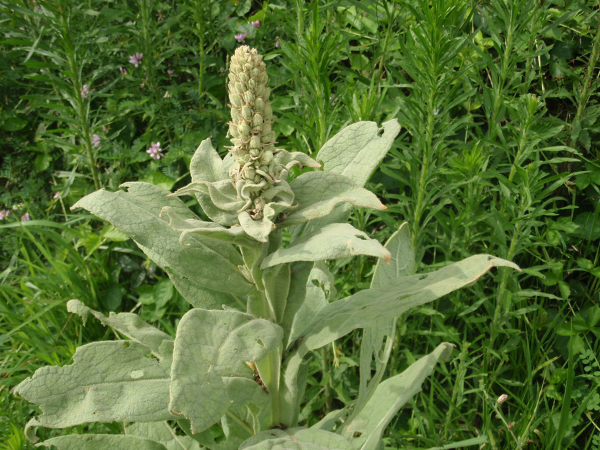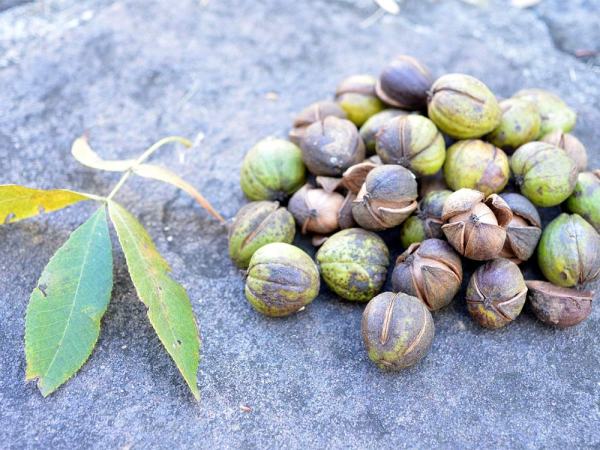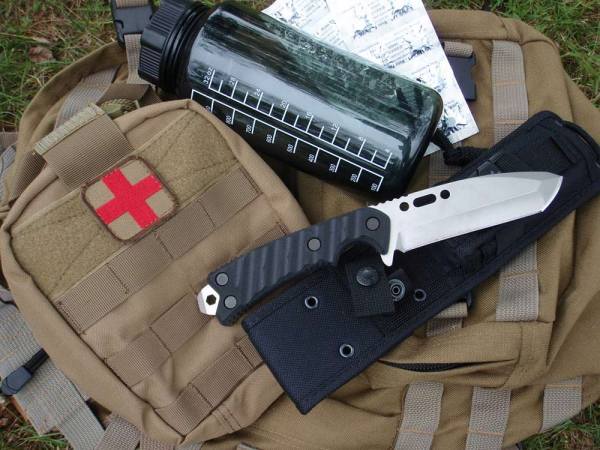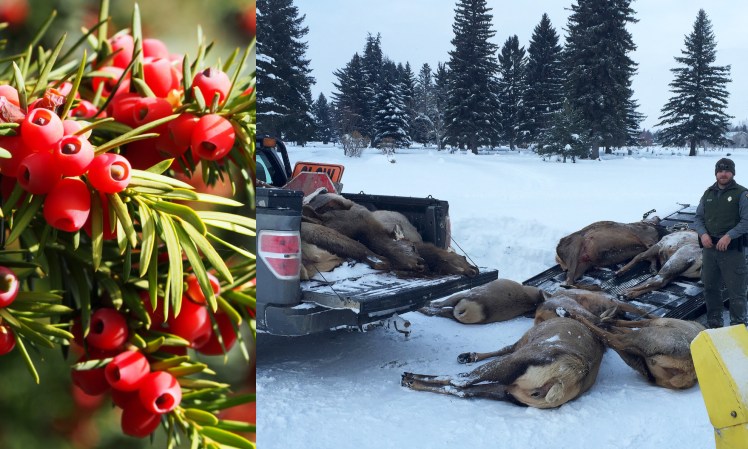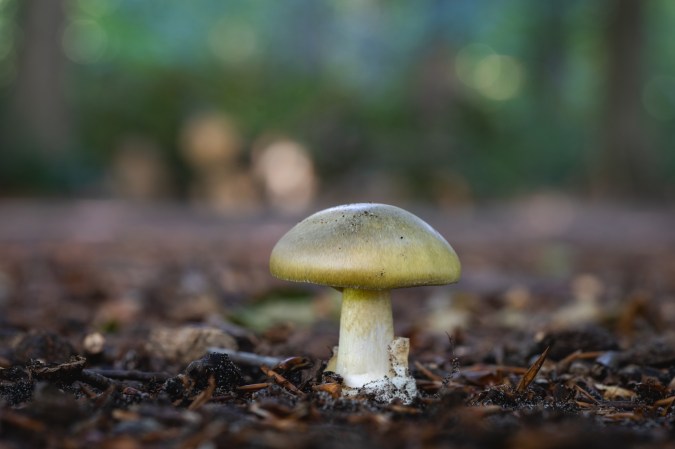Being a fanatic about wild food foraging and field medicine, I’ve often wondered what would happen if those two worlds were to collide. What would I do if I ate the wrong plant or mushroom far away from a doctor’s help? What’s the first aid for that? After years of ethnobotantical research, it’s hard to imagine that I would make a mistake that could leave me poisoned. But, I’ve also been around the block enough times to realize that mistakes do happen from time to time. And it might not even be me that needs help. I may need to care for someone else, who was less cautious than I am when selecting wild food.
This “what if” situation should leave us wondering if there are worthwhile treatments one could employ if poisoning occurs in a remote-area survival event. After much research, I’m afraid to say the prognosis for field treatment isn’t good.
For years, the “universal antidote” for poisoning was a mixture of 50 percent activated charcoal, 25 percent magnesium oxide, and 25 percent tannic acid. This was formerly thought to be useful as an antidote for most types of alkaloid and glycoside poisons, which are common culprits in plant poisoning cases. It is now believed that the mixture is no more effective than activated charcoal given with water.
Activated charcoal exerts its effects by absorbing a wide variety of poisons and chemicals. The toxic substance attaches to the surface of the charcoal, and because charcoal is not digested, it stays inside the GI tract and eliminates the toxin when the victim moves his bowels. The problem with stocking your first aid kit with this medicine is you need a prescription to get the real stuff.
Activated charcoal tablets are common enough and available over the counter. These are sometimes advised by “survivalist docs,” but the tablets are slow-acting and a much less effective antidote when compared to the current standard, an aqueous solution of activated charcoal that requires a prescription and careful dosage. The charcoal tablets are also notorious for causing indigestible charcoal clods to form in the intestines. This condition could be more damaging than the poison you were trying to treat.
So if we can’t soak up the poison with an antidote, can we puke it up? Short of your pointer finger making contact with the back of the throat, our options are limited there, too. Ipecac syrup (the classic vomit inducer) has been pulled from Walgreen’s shelves throughout most states. Your local drug store may have followed suit. Ipecac had a recall in the late 1980s due to a batch tainted with some poisonous oil. Since then, it has been linked to bulimic weight loss strategies and more recently it has been the subject of viral vomiting videos on the web. Ipecac turns out to be pretty dangerous, too. If someone lost consciousness while vomiting, they would keep vomiting and choke.
So what can you do? If you suspect you have been poisoned, and cannot get to medical care, immediately chug a glass of warm water and make yourself vomit with the old finger-down-the-throat trick. Then drink another glass and do it again. If you are certain that you ingested a poison, crush some wood charcoal or burned animal bones into a fine powder, mix a tablespoon of this powder with a glass of water and drink it. Then let your body filter the poison as best as it can. If poisoning is even suspected, don’t drink any alcohol, as this can amplify some plant and fungal toxins. Unfortunately, there is no decent way to treat poisoning in the field, short of having a prescription antidote.
Have you ever eaten something that poisoned you during an outdoor excursion? Please tell us what you did in the comments.

